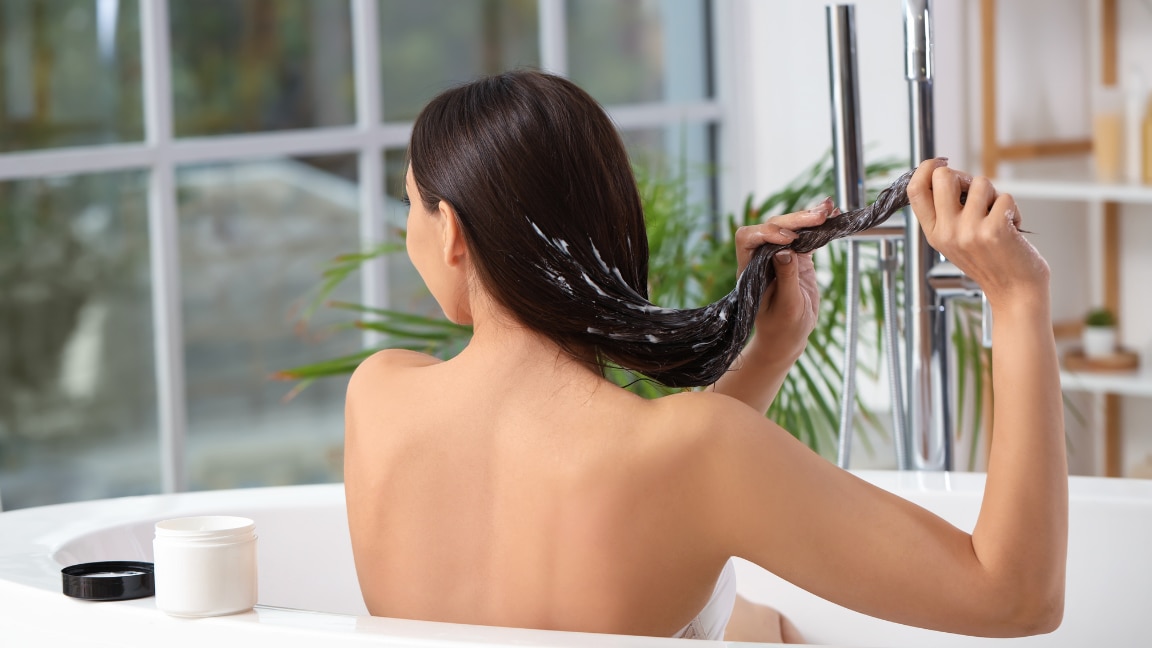- 01 What is Leave-In Conditioner?
- 02 Benefits of Leave-In Conditioner
- 03 How to Use Leave-In Conditioner
- 04 When to Apply Leave-In Conditioner
- 05 How Long Should I Leave Conditioner in My Hair?
- 06 Best Leave-In Conditioner for Curly, Frizzy & Dry Hair
- 07 DIY Leave-In Conditioner at Home
- 08 Conclusion
- 09 FAQs
When it comes to maintaining healthy, manageable hair, hydration and frizz control are key—and that's where leave-in conditioner steps in. Unlike your regular rinse-out conditioner, a good leave-in formula works overtime to moisturize, detangle, and protect your strands throughout the day. Whether you're battling frizz, dryness, or simply want smoother, more nourished hair, the right leave-in conditioner can transform your haircare routine.
In this guide, we'll break down everything you need to know: what is leave-in conditioner, how to use it correctly, its top benefits, and how to choose the best leave-in conditioner for your hair type. We've also included DIY recipes, common mistakes to avoid, and subtle recommendations of trusted products that work.
01What is Leave-In Conditioner?
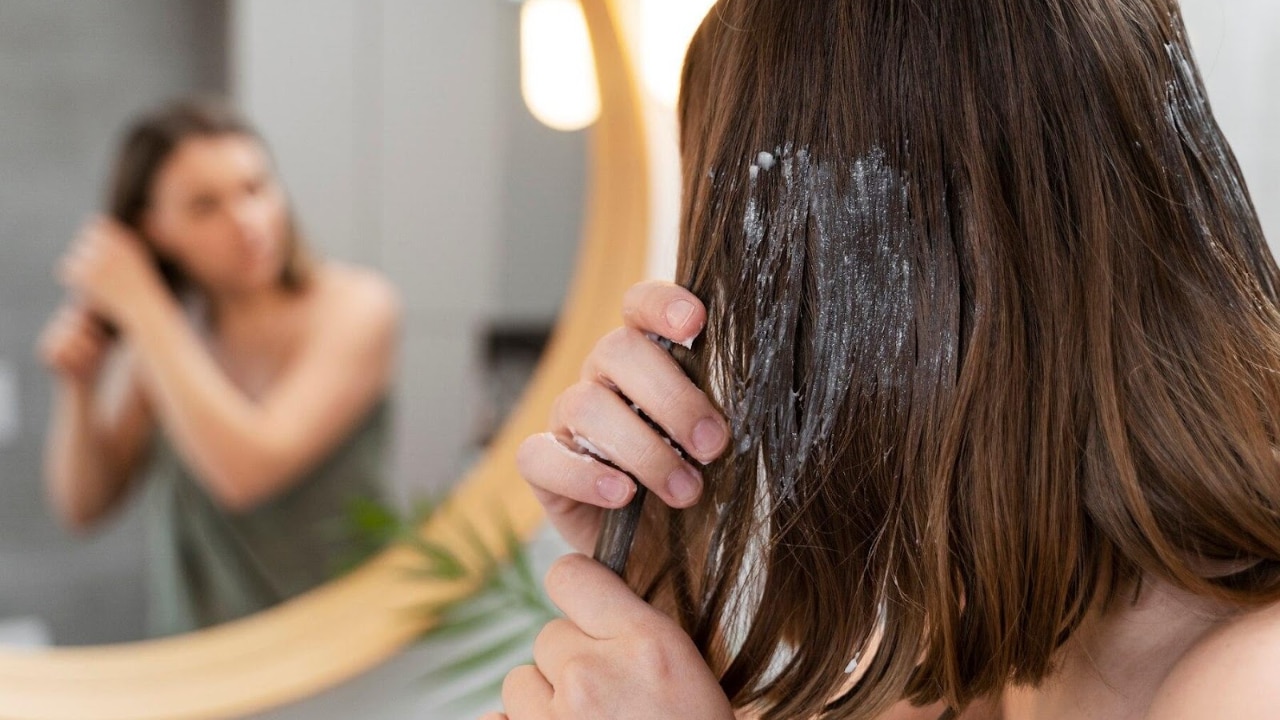
Leave-in conditioner is a lightweight, no-rinse hair treatment designed to be applied after washing your hair and before styling. Unlike regular conditioner, which is rinsed out after a few minutes, a leave-in formula stays in your hair, delivering lasting hydration, frizz control, and improved manageability.
So, how does leave-in conditioner work? It penetrates the hair shaft to provide moisture and nutrients while forming a protective barrier against heat, pollution, and styling damage. It's especially effective for dry, curly, or frizzy hair, but can benefit nearly all hair types when used correctly.
02Benefits of Leave-In Conditioner
Wondering if leave-in conditioner is good for your hair? Absolutely — it's one of the most versatile products in your haircare arsenal. Here's why:
1. Hydration Boost for Dry, Brittle Strands
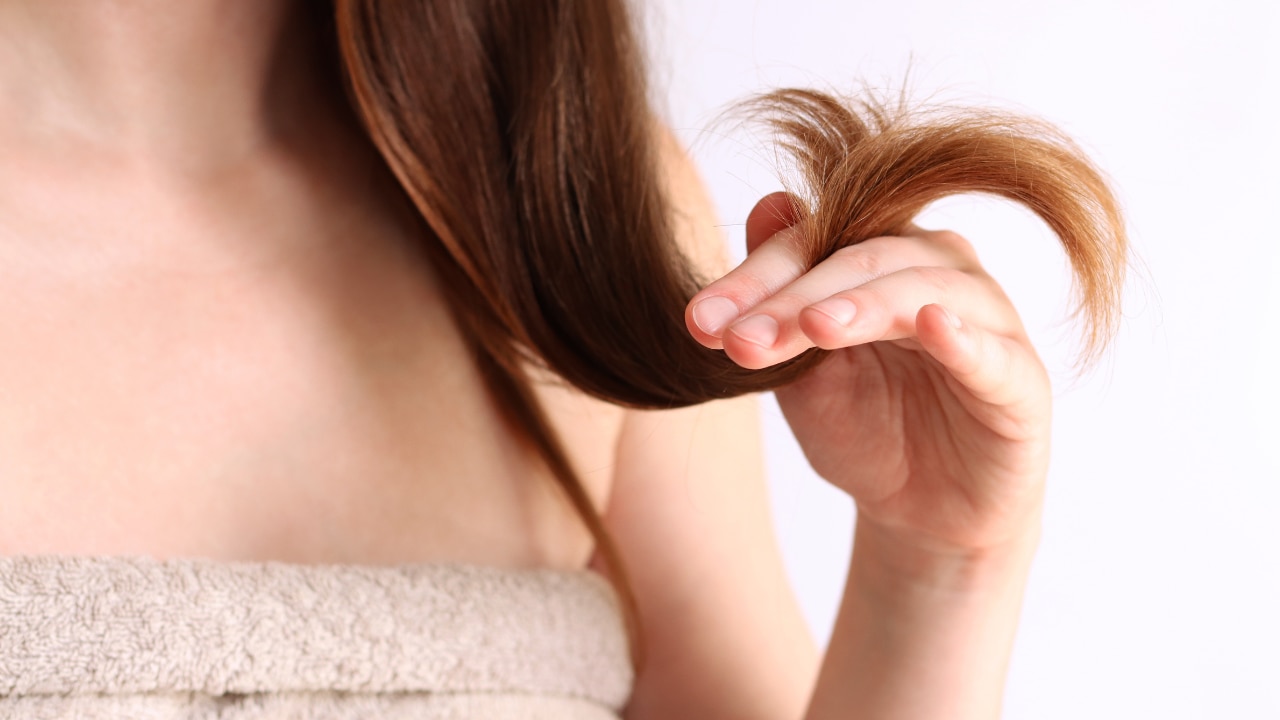
Leave-in conditioners are formulated to deliver a lasting dose of moisture, especially to the mid-lengths and ends of the hair where dryness is most common. Unlike rinse-out conditioners, they stay in the hair throughout the day, preventing dehydration and brittleness.
2. Frizz Control, Especially in Humid Climates
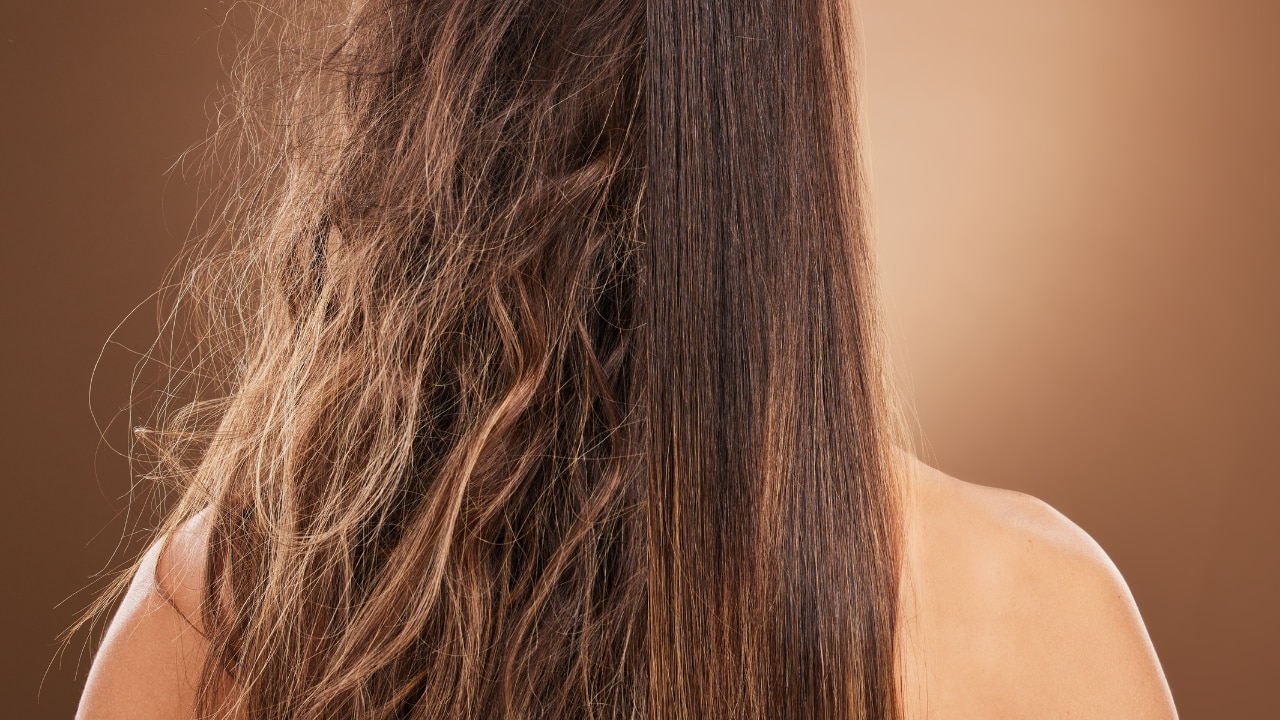
Frizz often occurs when dry hair absorbs excess moisture from the air. A good leave-in conditioner for frizzy hair acts like a barrier, locking in hydration and smoothing the hair cuticle to keep strands sleek and defined, even in high humidity.
3. Easier Detangling for Smoother Brushing
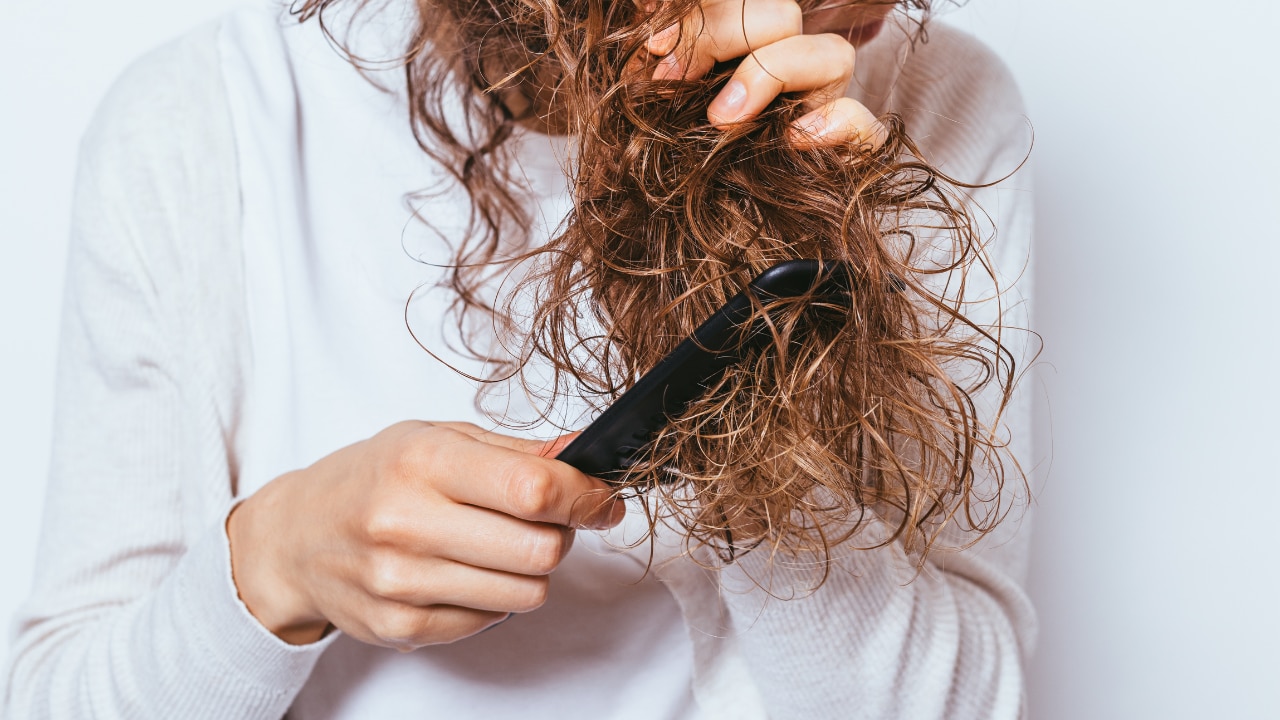
Tangled hair can lead to unnecessary breakage. Leave-in conditioners soften the hair and reduce friction, making it easier to detangle with minimal damage. They're especially helpful for curly, coily, or textured hair types.
4. Heat Protection from Styling Tools
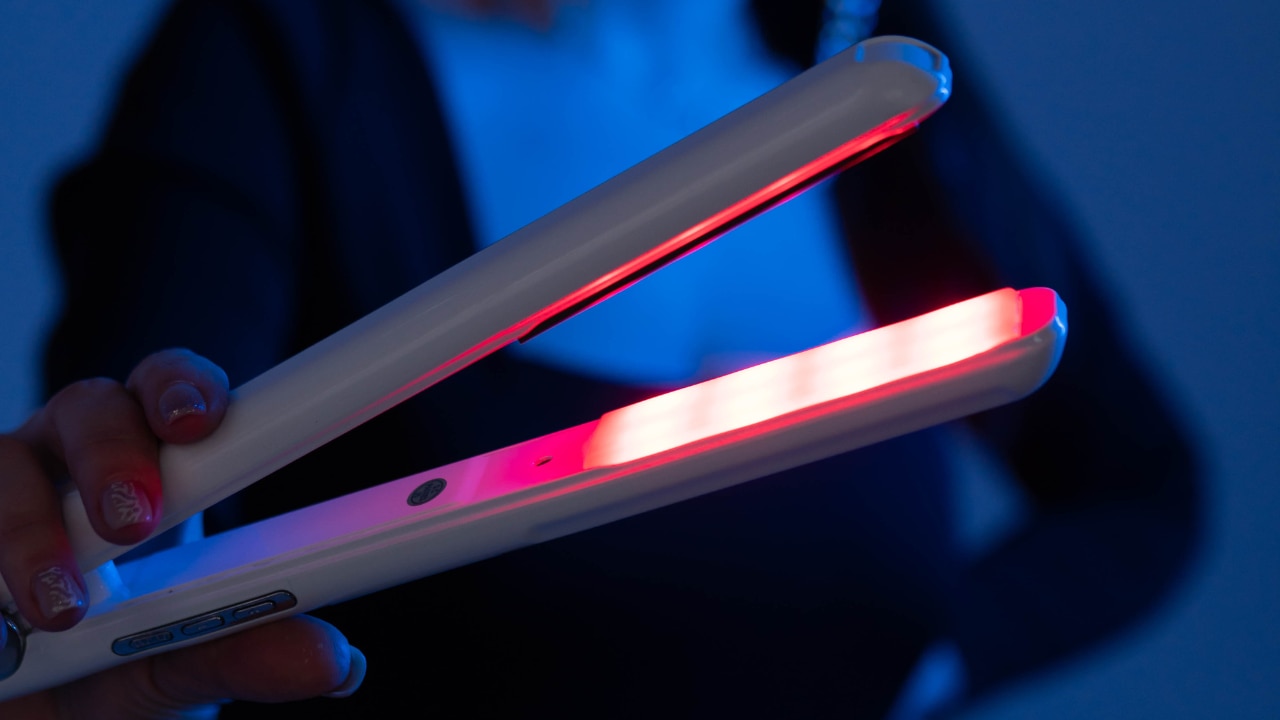
Many leave-in formulas offer built-in thermal protection, shielding your hair from the damaging effects of heat tools like blow dryers, flat irons, or curling wands. This helps maintain the health of your strands, even with frequent styling.
5. Improved Manageability for Daily Styling
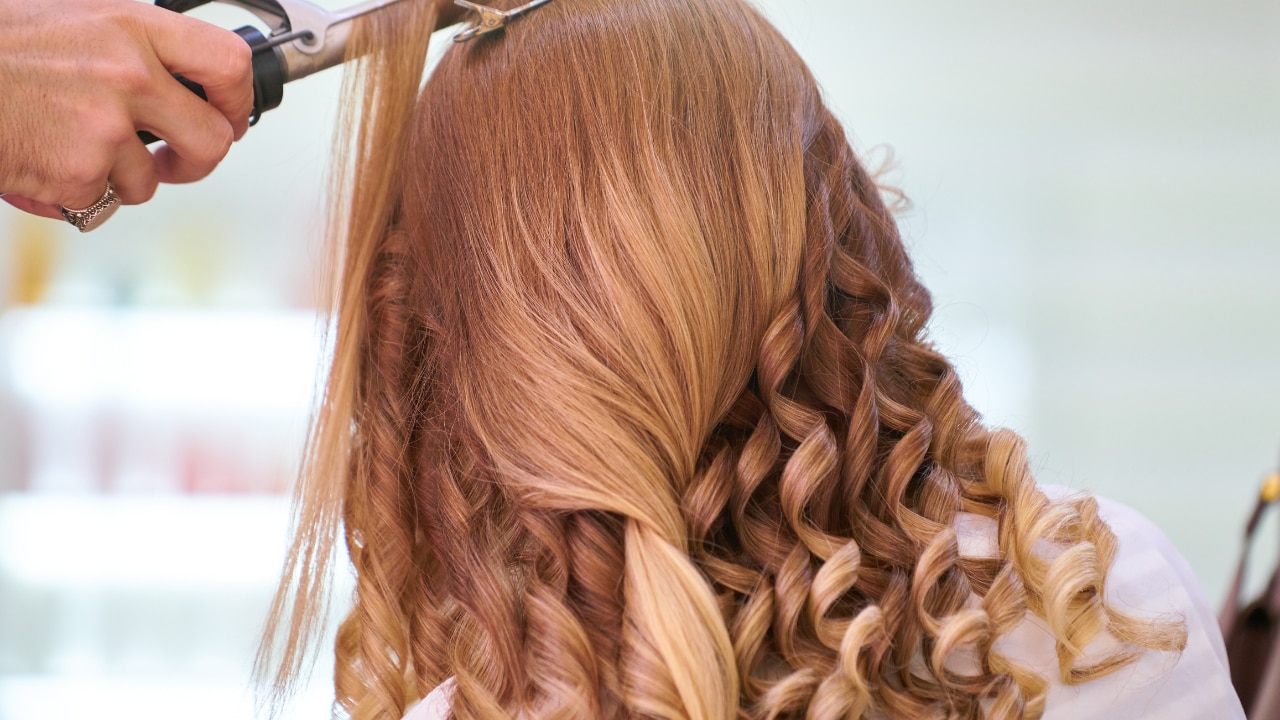
Soft, hydrated hair is far easier to work with. Whether you're blow-drying, air-drying, or styling into a bun or braid, leave-in conditioners enhance the texture and control of your hair, making everyday styling quicker and smoother.
6. Split-End Prevention with Regular Use
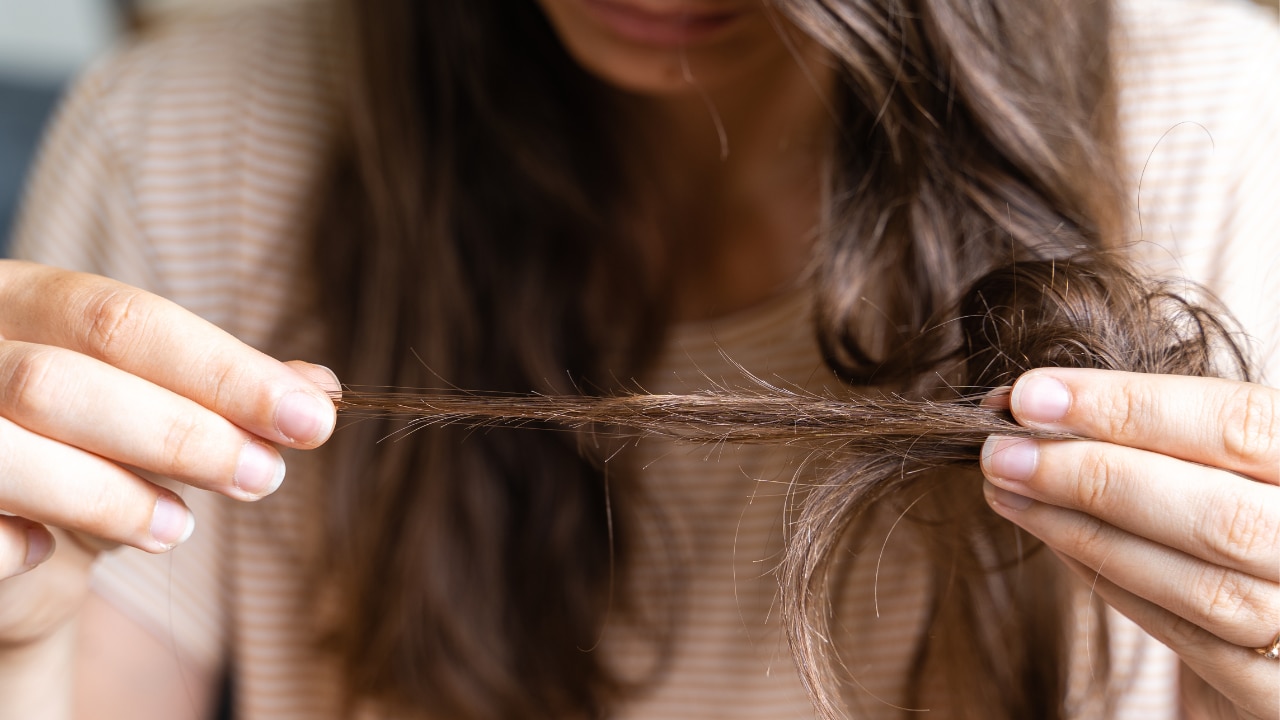
By moisturizing and strengthening the hair shaft, leave-in conditioners help prevent the wear and tear that leads to split ends. Over time, this contributes to healthier-looking, longer-lasting hair with fewer trims needed.
7. Scalp Nourishment in Certain Formulas
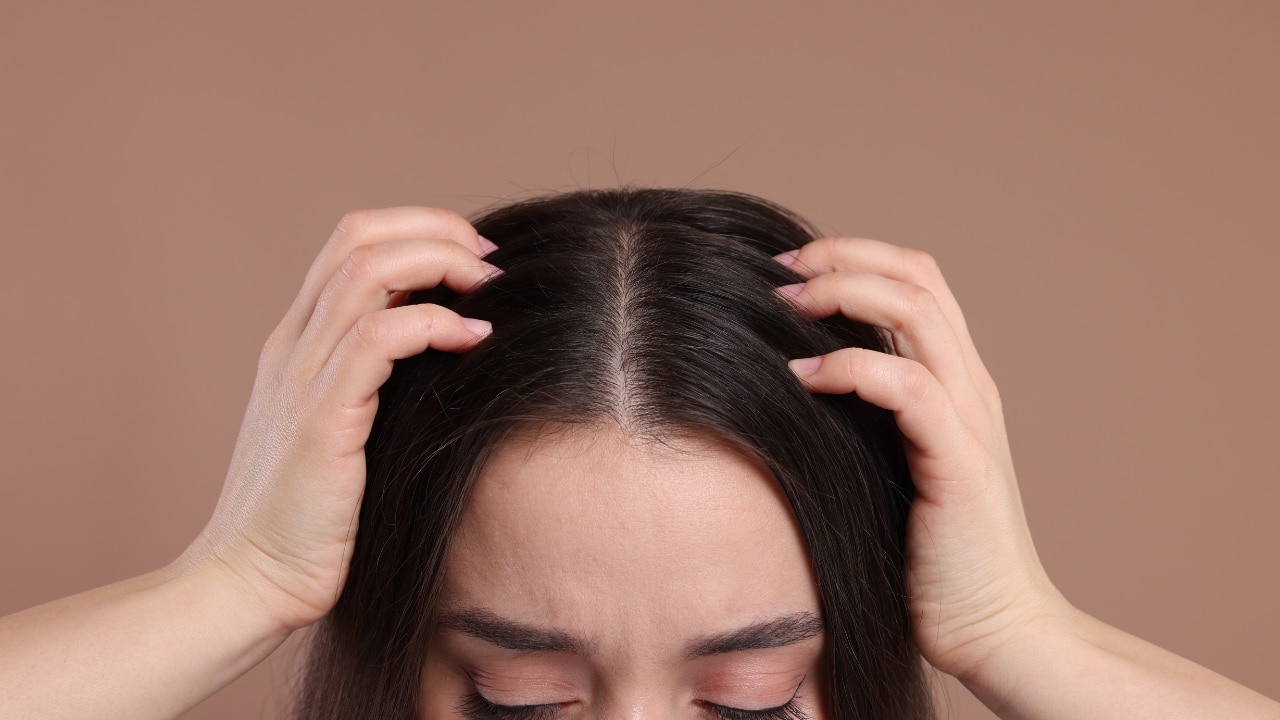
Some advanced formulations target not just the hair but also the scalp. Infused with botanicals, vitamins, or fermented ingredients, these can soothe irritation, reduce flaking, and promote overall scalp health — the foundation of healthy hair growth.
8. Curl Definition for Curly and Wavy Hair Types
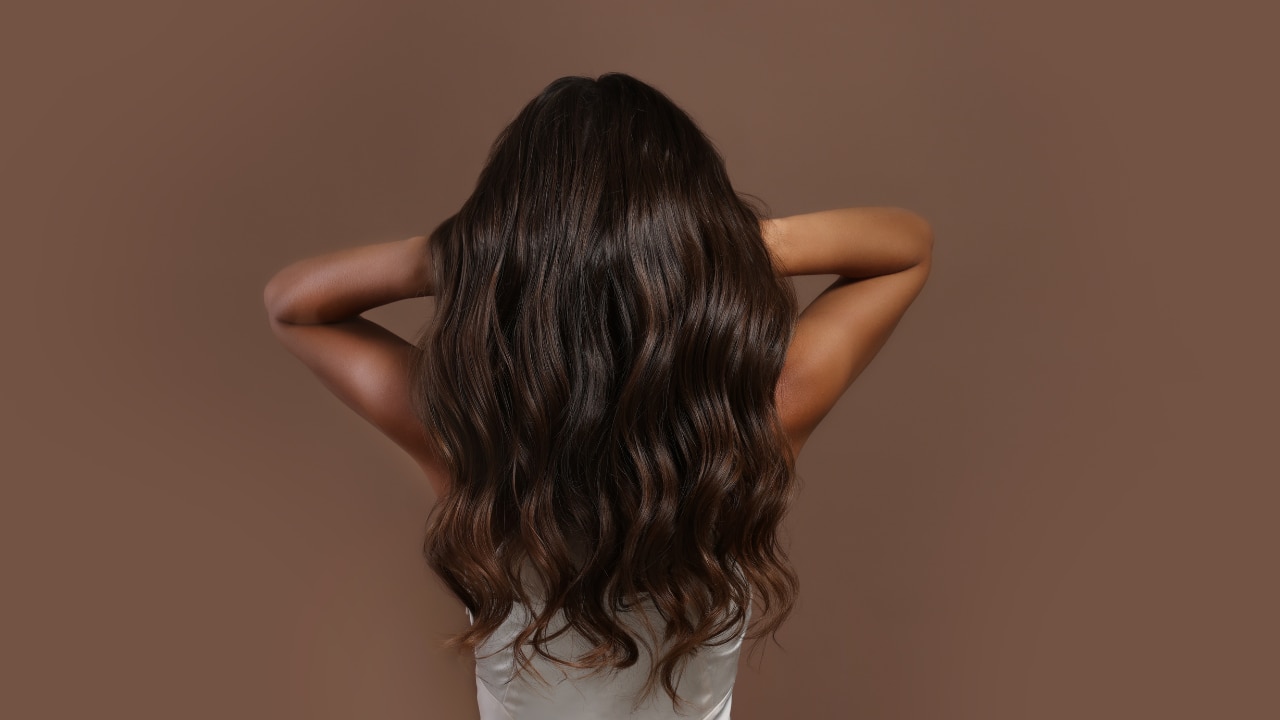
Curly and wavy hair naturally tends to be drier. A leave-in conditioner for curly hair helps define the curl pattern, reduce frizz, and add bounce without the crunchiness of heavier styling products.
Whether you're styling daily or air-drying naturally, incorporating leave-in conditioner can make a visible difference in how your hair feels and looks.
03How to Use Leave-In Conditioner
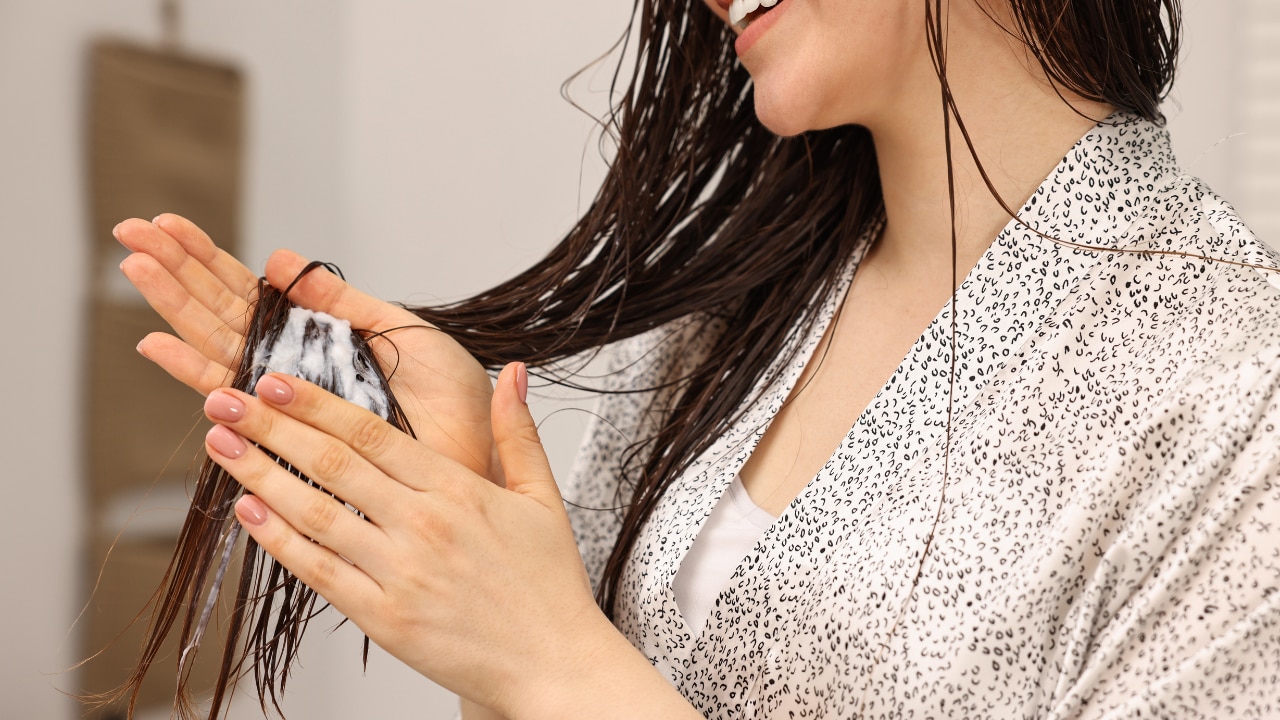
If you're wondering how to use leave-in conditioner, follow these simple steps:
- Start with clean, damp hair. Shampoo and condition as usual.
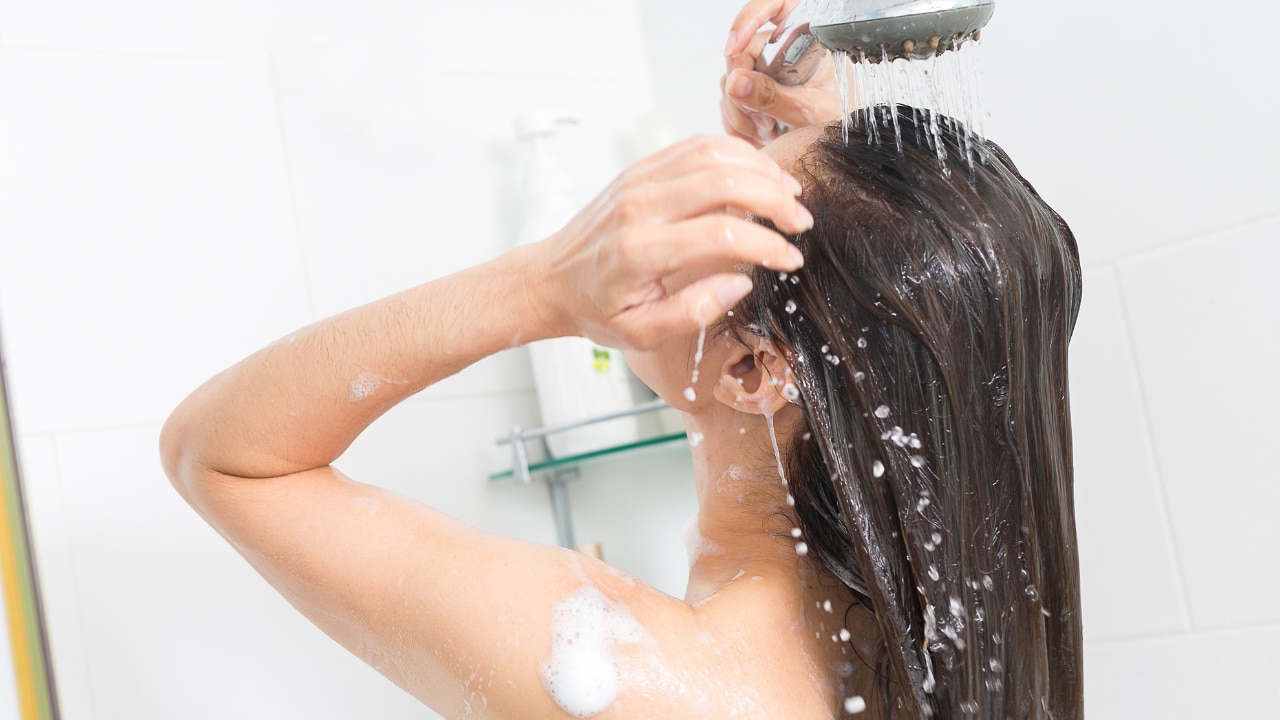
- Gently towel-dry or air dry your hair until it's damp, not soaking wet.
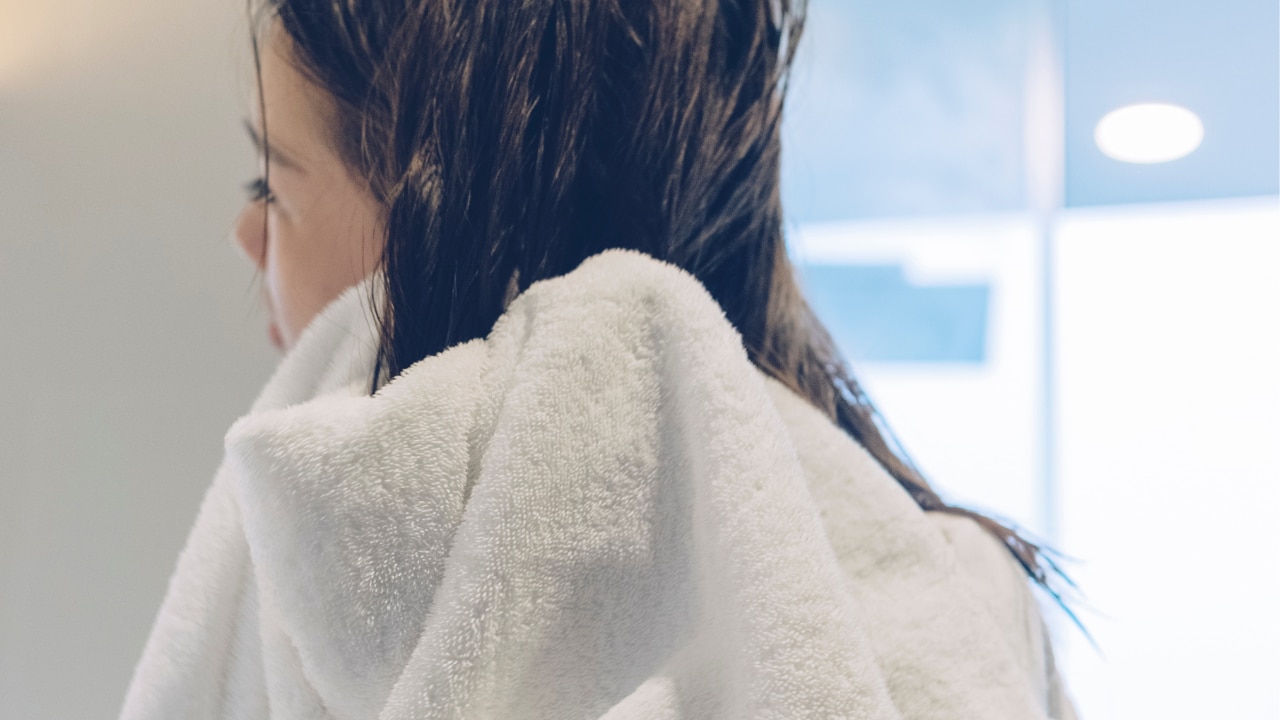
- Apply a small amount of leave-in conditioner to your palms. The quantity depends on your hair length and thickness.
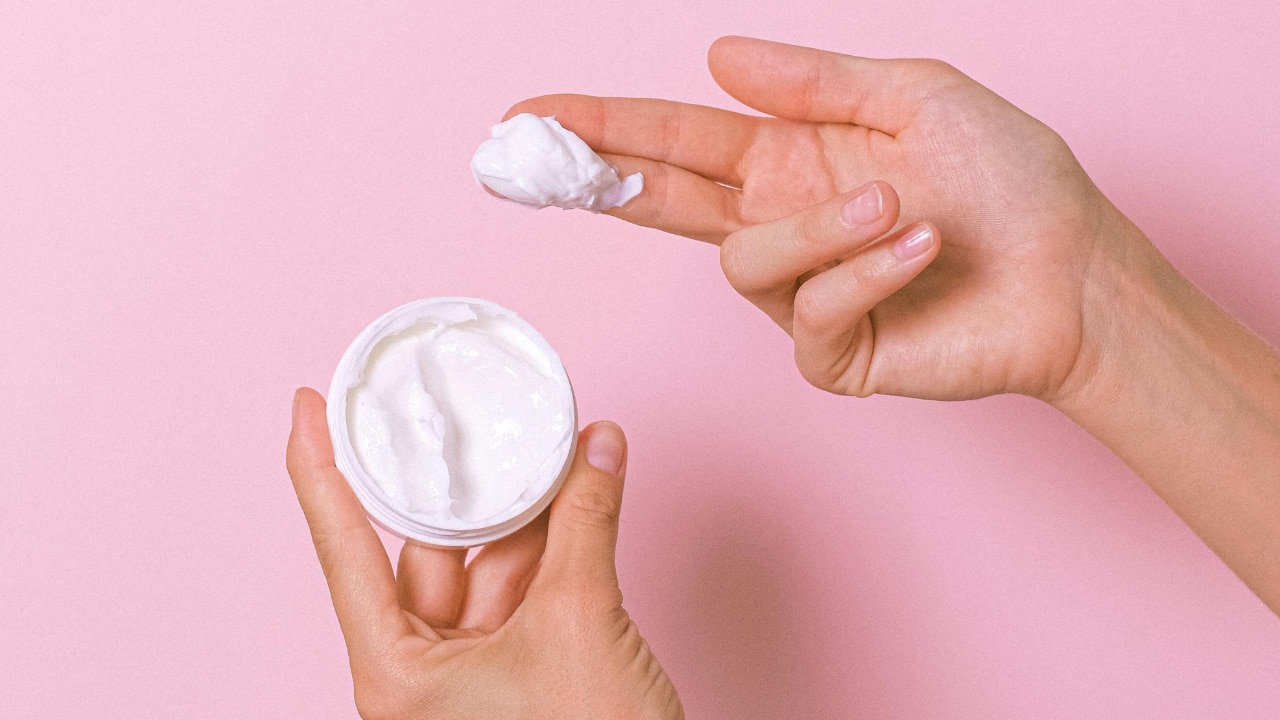
- Distribute evenly, focusing on the mid-lengths and ends. Use a wide-tooth comb to detangle.
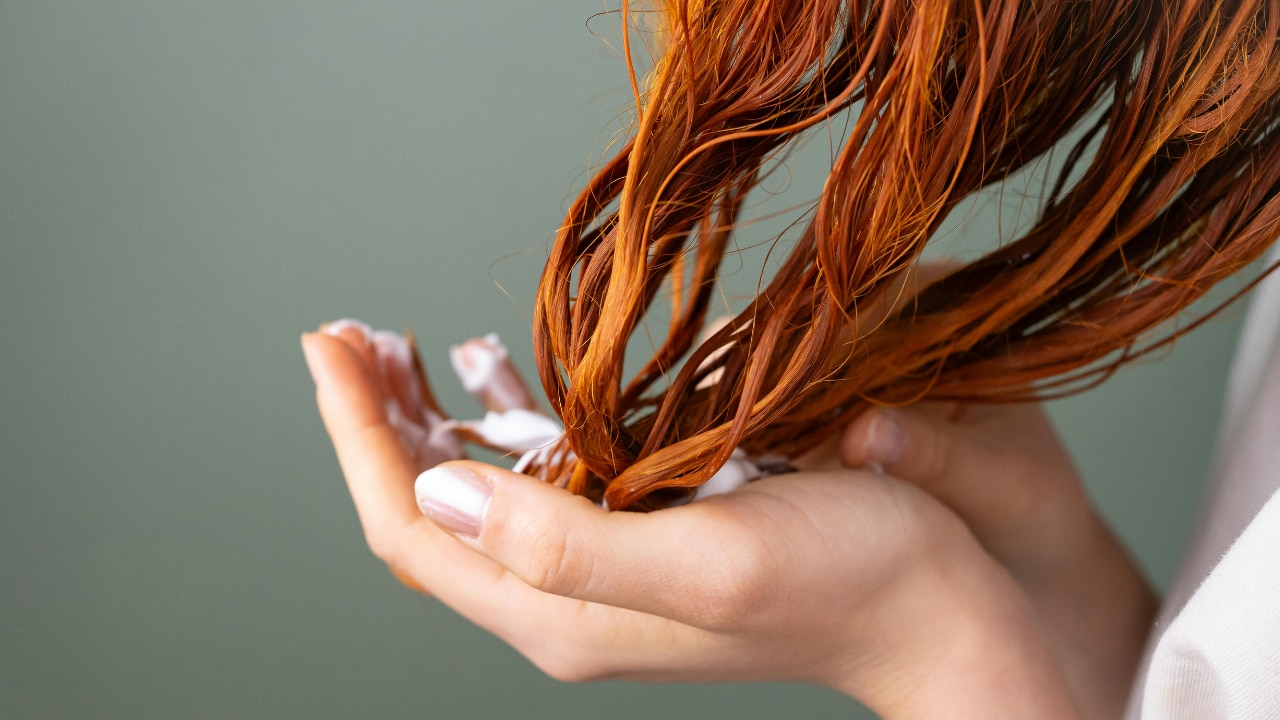
- Style as usual—blow dry, air dry, or style with heat tools
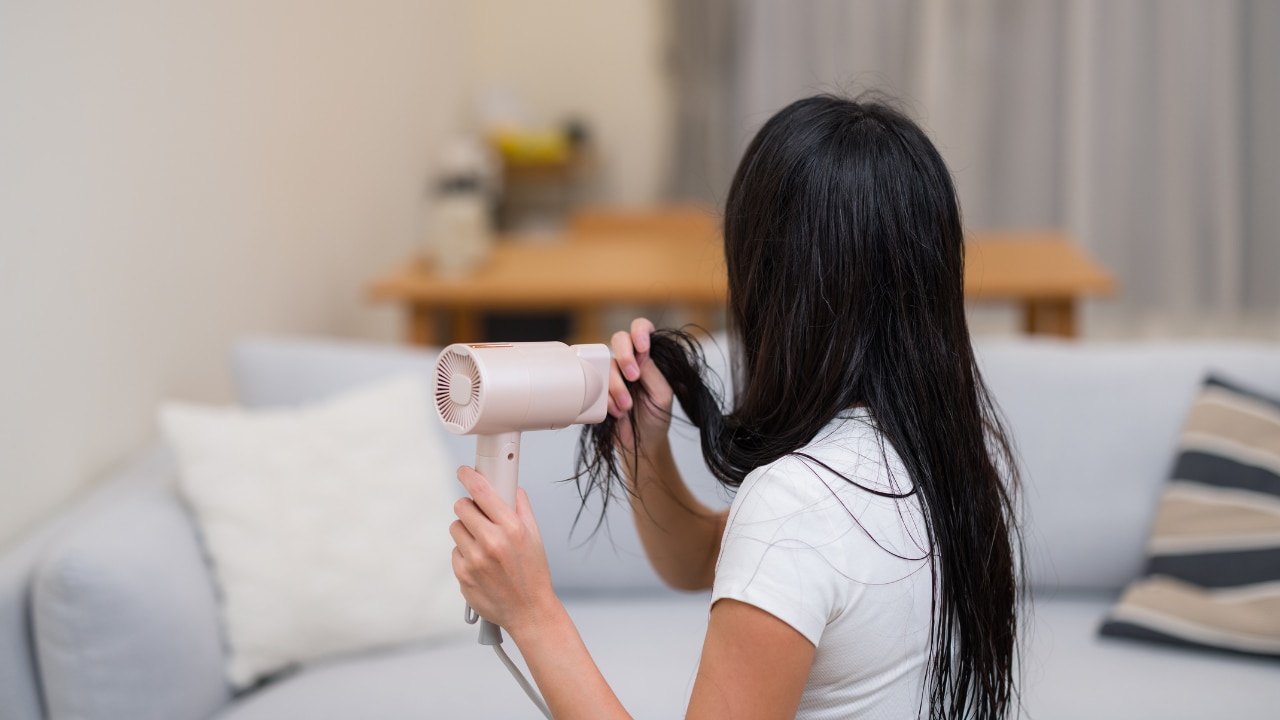
04When to Apply Leave-In Conditioner
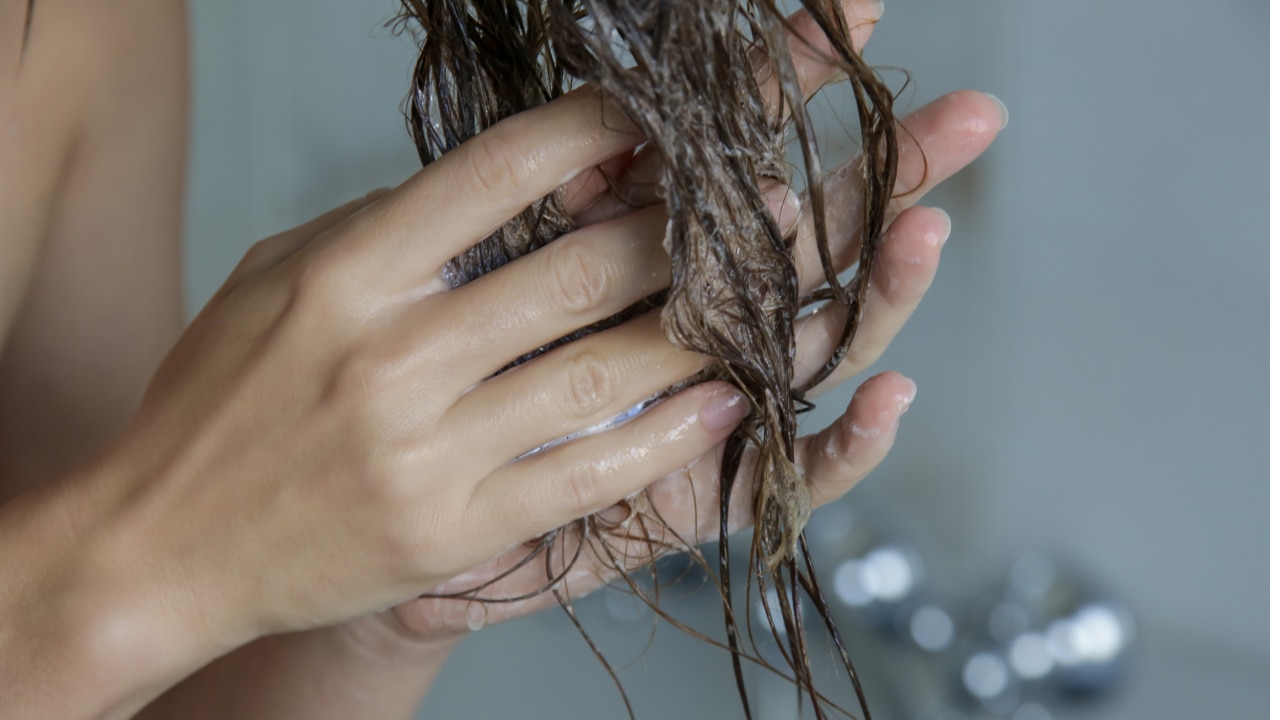
Apply leave-in conditioner right after you wash your hair, while it's still damp. For added hydration, you can also use a small amount of dry hair in between washes.
05How Long Should I Leave Conditioner in My Hair?
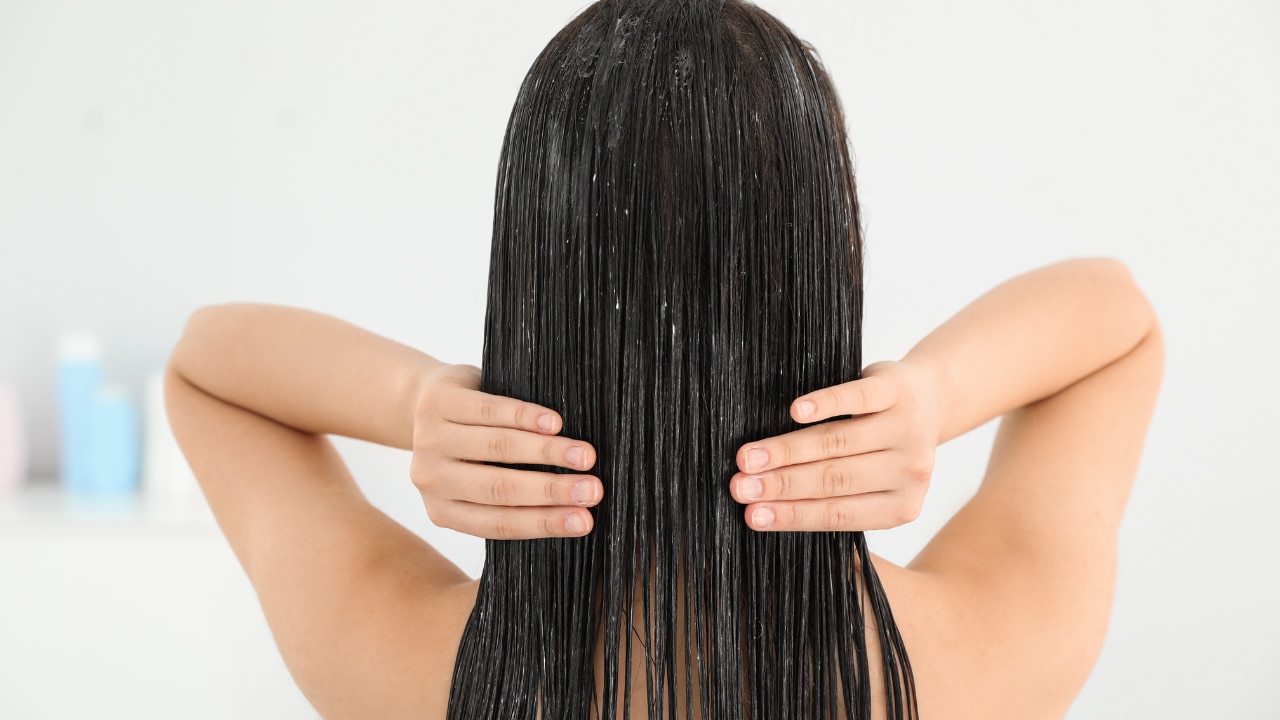
Since it's a leave-in product, there's no need to rinse it out. It's designed to stay in your hair and continue working throughout the day—until your next wash.
06Best Leave-In Conditioner for Curly, Frizzy & Dry Hair
Not all leave-in conditioners are created equal. Here's how to pick the right one based on your hair type:
• For Curly Hair
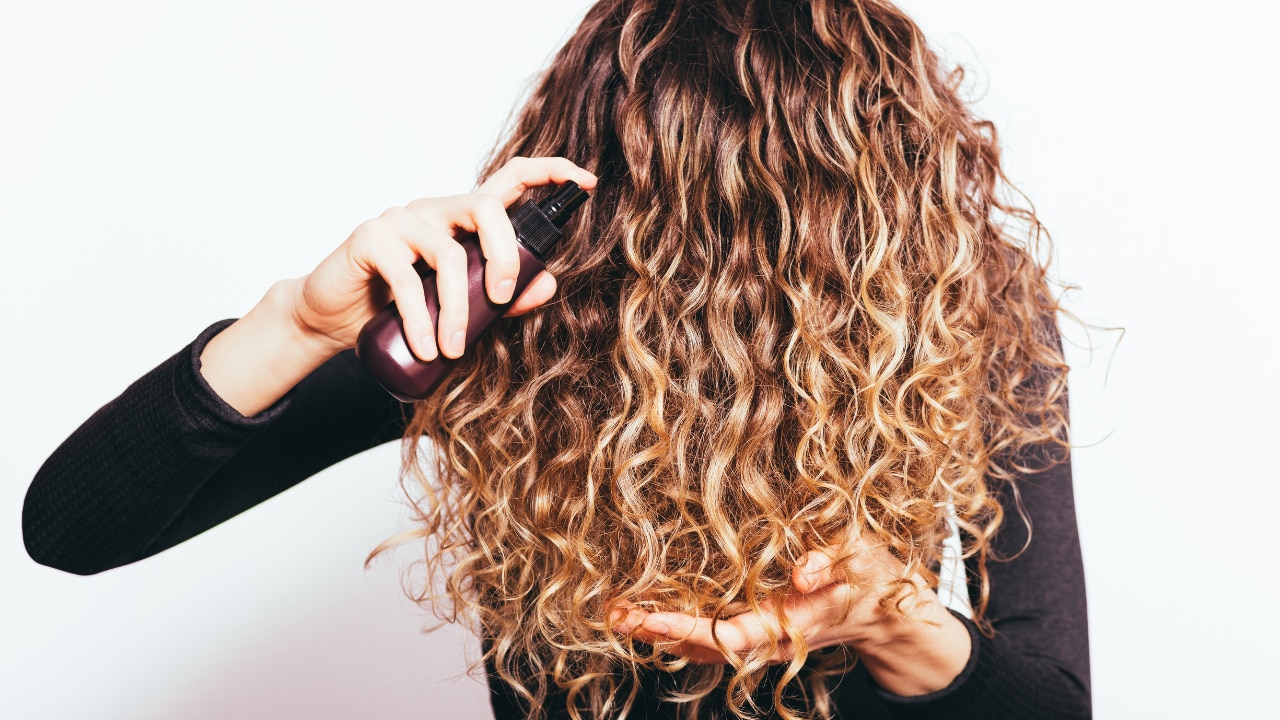
Look for rich, cream-based formulas that hydrate and define curls without weighing them down. Leave-in conditioner for curly hair should be sulfate-free and loaded with nourishing ingredients.
Try: LBP Natural Argan Oil & Lavender Anti-Frizz Conditioner – Its gentle, botanical formula hydrates and defines curls while calming frizz.
• For Frizzy Hair
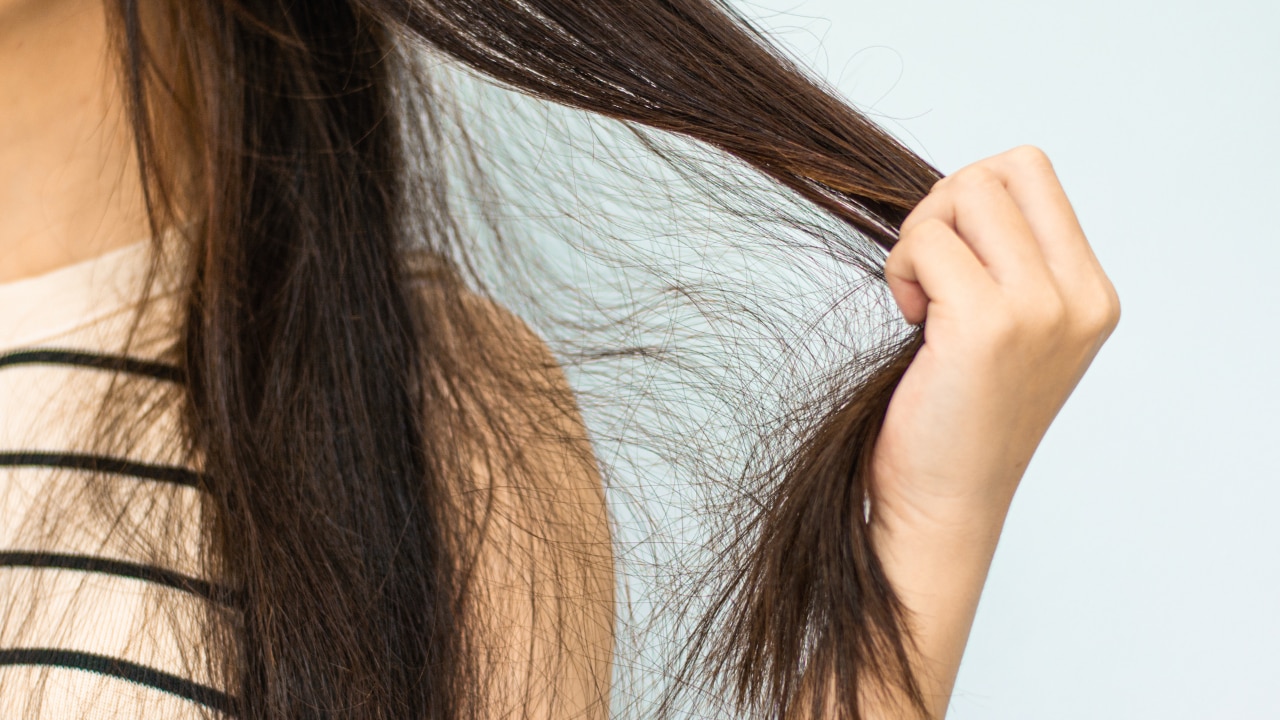
Silicone-free, anti-humidity formulas work best. A good leave-in conditioner for frizzy hair smoothens the cuticle and provides long-lasting shine.
Try: Tresemmé Keratin Smooth Conditioner – Known for its keratin-enriched formula that controls frizz for up to 72 hours.
• For Dry Hair
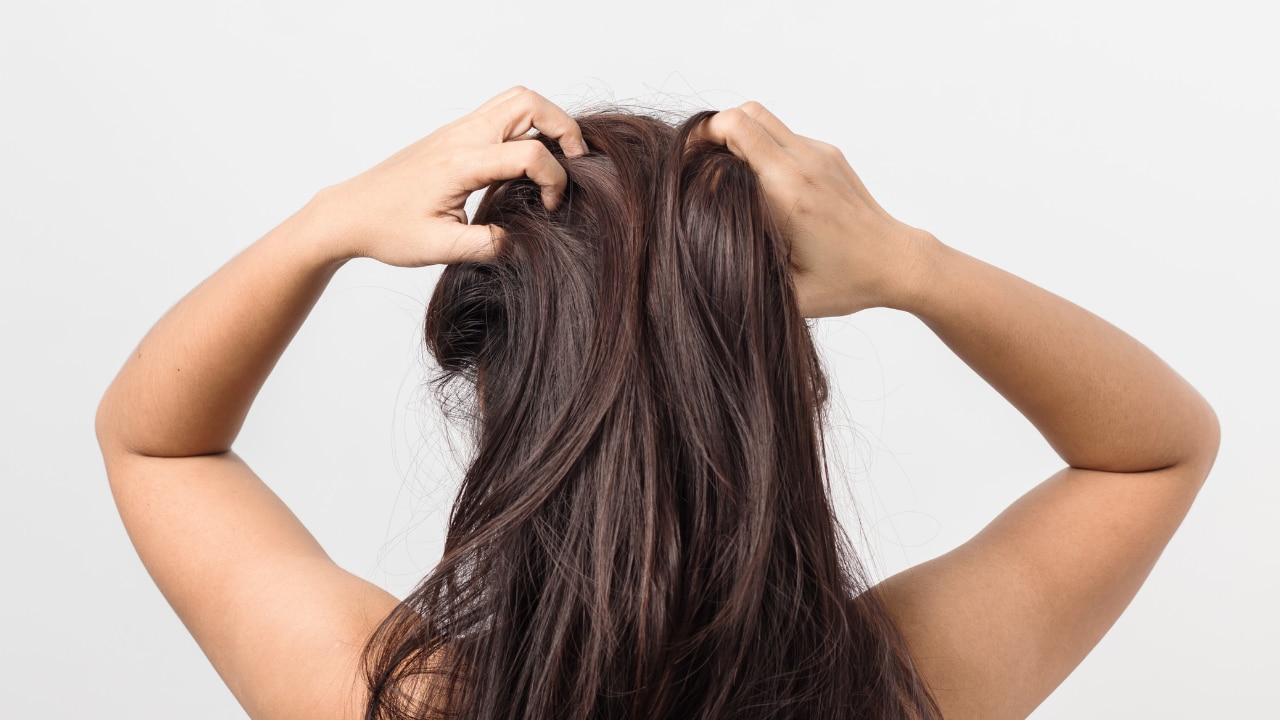
Opt for deep-conditioning formulas with hydrating oils and proteins. A leave-in conditioner for dry hair should add moisture without buildup.
Try: LBP Onion, Black Seed & Patchouli Hairfall Control Shampoo before applying your leave-in—it strengthens roots and improves moisture retention.
07DIY Leave-In Conditioner at Home
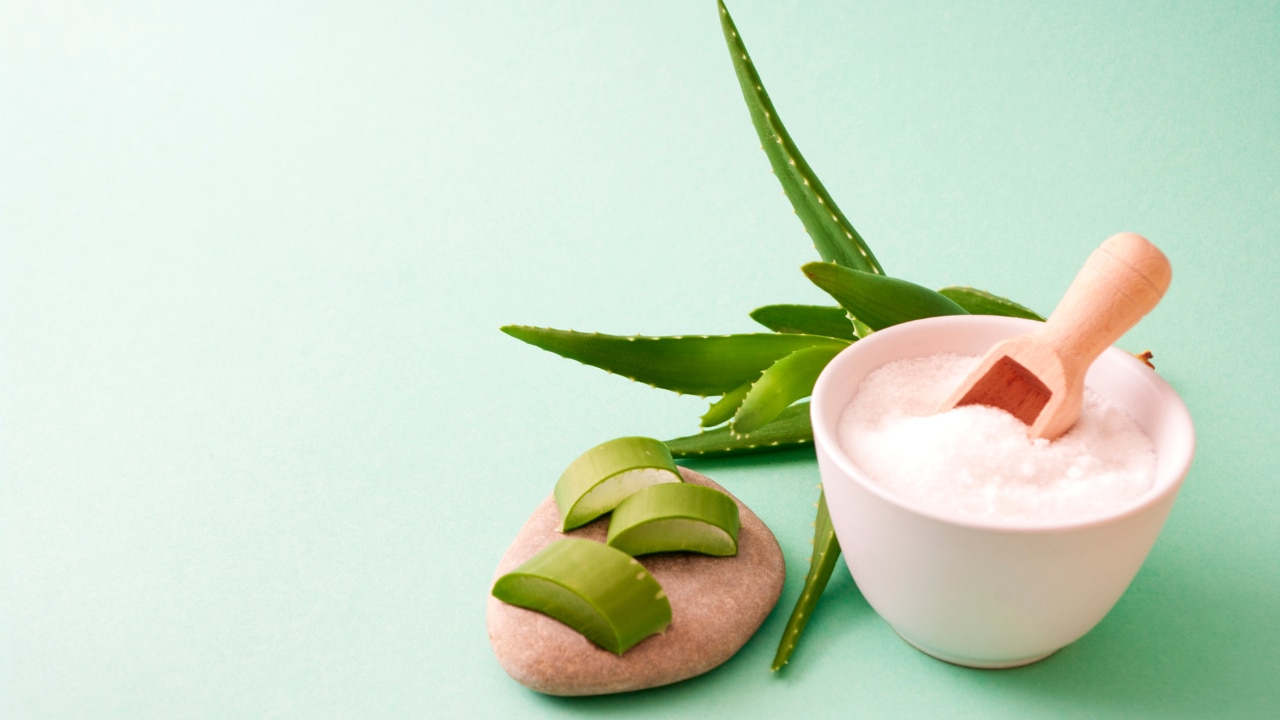
Want to go the natural route? Here's how to make leave-in conditioner at home using kitchen ingredients:
DIY Aloe & Coconut Leave-In Spray
Ingredients:
- 2 tbsp aloe vera gel
- 1 tbsp coconut oil
- 1 cup distilled water
- A few drops of lavender or tea tree essential oil
Instructions:
Mix all ingredients in a spray bottle and shake well before use. Apply on damp hair and style as usual. It's hydrating, soothing, and ideal for frizz-prone hair.
Tips and Common Mistakes to Avoid
Tips
- Always apply on damp, not soaking-wet hair.
- Use a wide-tooth comb to distribute evenly.
- Layer with heat protectant if using hot tools.
- Use less product on fine or oily-prone hair.
Mistakes
- Applying too much product (can cause buildup).
- Using leave-in on unwashed hair.
- Skipping it altogether if you have curly or dry hair—it can be a game-changer.
- Choosing a formula not suited to your texture (e.g., too heavy for fine hair).
08Conclusion
If you're chasing smoother strands, defined curls, or just better hair days, incorporating a leave-in conditioner into your routine might be the upgrade you need. With benefits like hydration, heat protection, and frizz control, it's a versatile must-have for any hair type.
Whether you go with a trusted store-bought option like the LBP Natural Argan Oil & Lavender Anti-Frizz Conditioner or mix up your own at home, the goal remains the same: healthy, happy hair that feels as good as it looks.
09FAQs
What is leave-in conditioner?
A no-rinse hair treatment that hydrates, protects, and smoothens hair after washing.
Is leave-in conditioner good for your hair?
Yes! It's especially beneficial for dry, curly, or frizz-prone hair, offering moisture and protection.
How to use leave-in conditioner?
Apply a small amount to damp hair, focusing on mid-lengths and ends. Do not rinse.
When to apply leave-in conditioner?
Right after washing your hair, while it's still damp.
How long should I leave conditioner in my hair?
Leave-in conditioners are meant to be left in until your next wash—they don't require rinsing.
What’s the best leave-in conditioner for curly/frizzy/dry hair?
Look for products tailored to your needs—hydrating, anti-frizz, or curl-defining. Try options like LBP Argan Oil Conditioner or Tresemmé Keratin Smooth for targeted care.
How to make leave-in conditioner at home?
Combine aloe vera, coconut oil, and water in a spray bottle for a natural DIY version.

